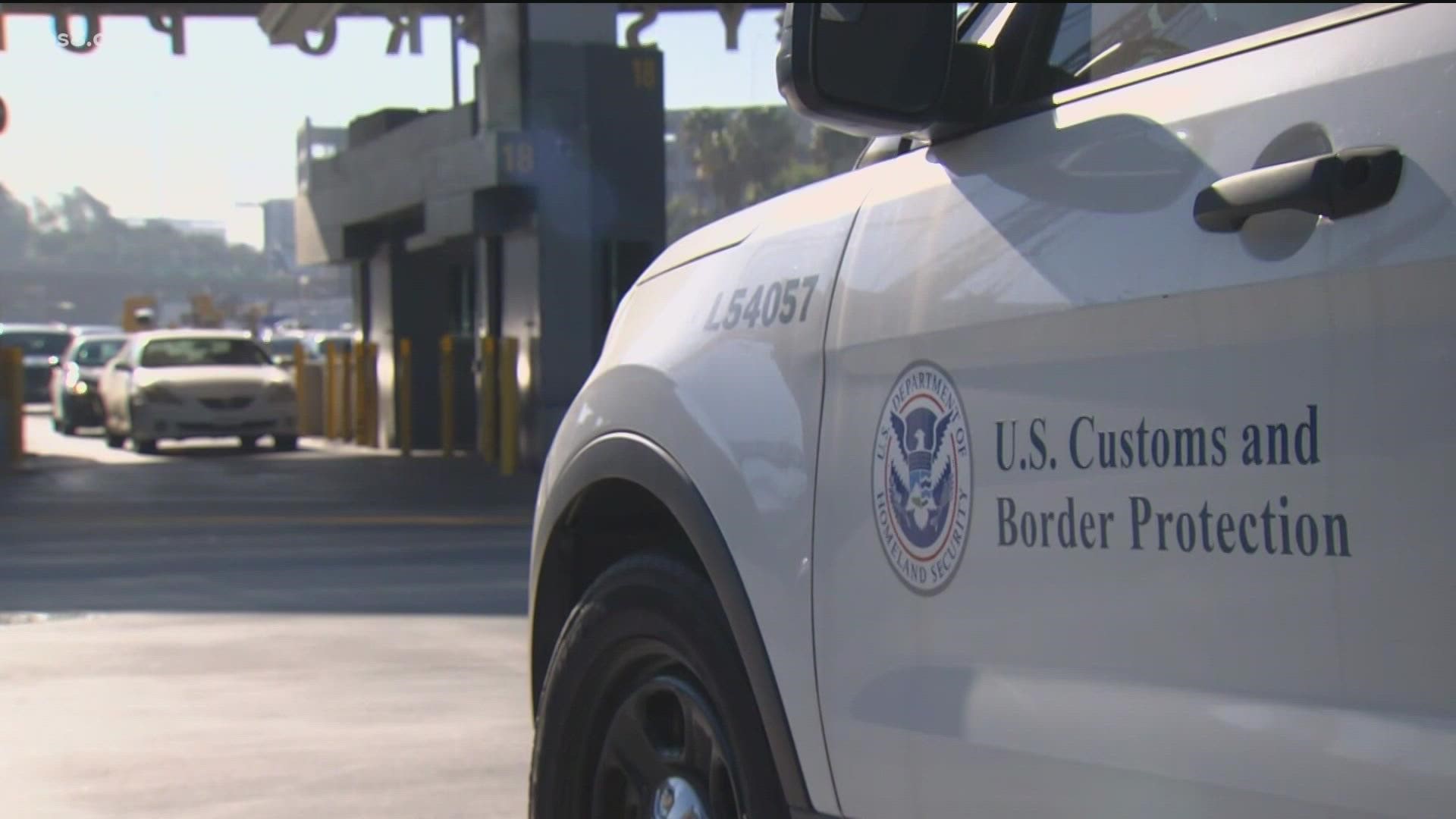SAN DIEGO COUNTY, Calif — U.S. Border Patrol agents will start wearing body cameras for the first time in the fall. The Department of Homeland Security made the announcement, as migrant arrests have hit a 20 year high in recent months.
The ACLU said they began advocating for Border Patrol to wear body cameras back in 2015. They welcome this news but say they still have questions about the process and what will be required of agents who wear them.
“Body-worn cameras are not inherently objective. How they’re aimed, when they’re recording, when they stopped recording, what happens to the recording once it’s made, is it being reserved properly? Those are all really important questions,” said Mitra Ebadolahi, a senior attorney with ACLU San Diego & Imperial Counties.
On Monday U.S. Customs and Border Protection announced at least 6,000 agents will wear a body camera by the end of the year. The cameras will be mainly used at the northern and southwestern borders including California, Texas and Arizona.
The cameras will run continuously, then save footage two minutes before an agent activates the camera. CBP says the video will help it review incidents and investigate allegations of misconduct.
“It is really important that the department hold officials accountable to those requirements and if there are glitches, that those glitches get worked out quickly and transparently,” Ebadolahi said.
Southern Borders Community Coalition reports that since 2010, 130 people have died in encounters with Border Patrol including vehicle collisions, use of force, lack of medical treatment and homicide by an off-duty officer.
In October of last year, Mexican national David Villalobos-Baldovinos was shot and killed by an agent as he tried to enter the U.S. near San Ysidro. Authorities say there was a struggle before the agent opened fire.
“Border Patrol agents are often patrolling, so even if they’re going out in a vehicle somewhere, they’re then exiting that vehicle on foot. So having a device that can follow with the agent is really important,” Ebadolahi said.
CBP said if the footage is not be used as evidence it will be destroyed within 180 days and if the video is being used as evidence, it can be retained for up to 75 years.
Ebadolahi said they’d also like to know who decides which video can be used as evidence but in the meantime, they’ll continue monitoring what happens at the border.
WATCH RELATED: San Diego parents of cold case murder victim still want closure after suspect found dead (August 2021)

